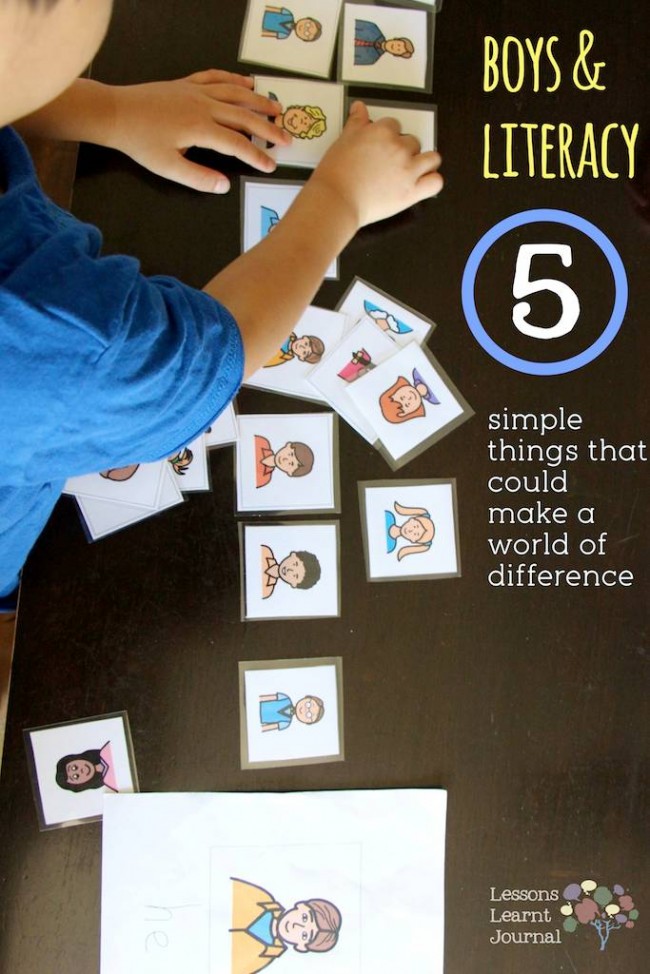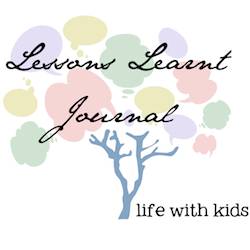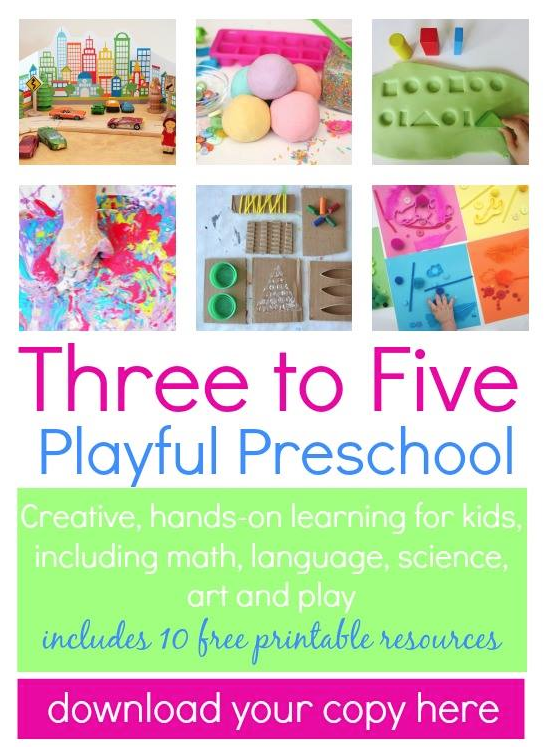I went for a sticky beak tour at a local primary school yesterday, all part of us getting ready to start school next year. It was great to be back in a school setting after what seems like awhile. One of the first rooms I looked into was a reading recovery room. I have a very soft spot for teaching literacy; everyone needs to learn to read because they read to learn.

Why are boys as a group performing less well than girls in literacy related tasks? Girls achieve higher levels of literacy than males across a range of studies conducted in a range of countries (ACER, 2003). We’ve somehow created a system where large groups of boys, resist and reject literacy.
Perhaps more boys than girls are identified as having learning difficulties because of boys’ aggressive and disruptive classroom behaviours? Perhaps it is because their (boys’) culture is not working within schools (Carr-Chellman, 2010).
I really feel passionately about ways to improve literacy achievements and performances of boys, especially as a mother of three boys. Here are some ways we can support boys to form healthy, constructive attitudes and perceptions of literacy, (Makin & Diaz, 2002):
1. Make sure toddlers, both boys and girls, have access to and engage with literacy experiences. A child’s interest in literacy learning is not determined by their biology. Don’t dismiss as normal (and acceptable), a boys’ disengagement with literacy activities purely because he is a boy.
2. Ensure male parents and other male role models are involved in early literacy activities and learning. Let boys see and hear Dads, Uncles, and Grandpas reading and writing.
3. Challenge the perception that literacy, (reading and writing), is just for girls. Promote men as readers and men as writers; watch, or talk to male authors, reporters, writers.
4. Make literacy relevant to boys by working with a broad range of texts e.g. magazine and film texts of interest to groups of boys. Don’t push just narratives on them, include non-fiction books, and don’t say that a comic book is not a book!
5. Work with new technologies to encourage boys to participate in language activities. If gaming is their culture, find ways to work with it.
As I brace myself for N & M starting school, although it’s still a few months away, I hope the enthusiasm they have about literacy now stays just as bright when they do start school. Actually, I hope that with school, their enthusiasm for literacy and literature will grow even brighter!
Do you have a son or sons? What are their attitudes to literacy?
More Activities for Preschoolers
Three to Five: Playful Preschool is stuffed to the brim with tried, tested and loved playful learning ideas for preschoolers. There are 25+ ideas for preschoolers, ten printable resources and additional links to over 50 more activities. A great resource for parents. Download your copy here.
If you enjoyed this post, please consider leaving a comment; I’d love to hear from you. If you are new here, you might like to receive updates direct to your email. We have many fun ideas to share.
Reference: Makin, L & Diaz, C.J. 2002, ‘Literacies in early childhood: changing views, challenging practice’, Elsevier Australia, Marrickville, New South Wales, Australia.

















